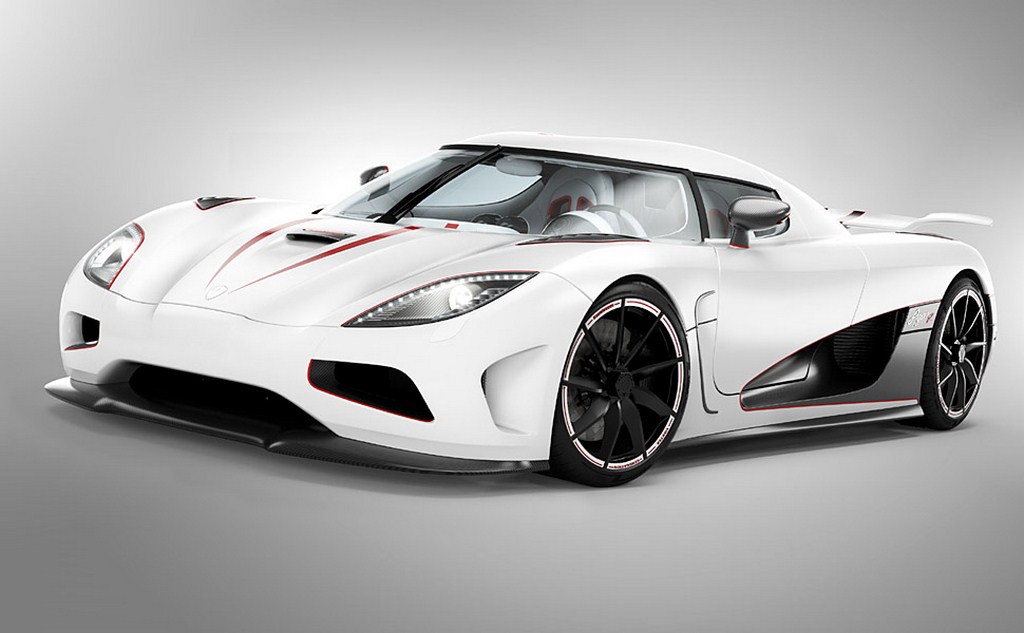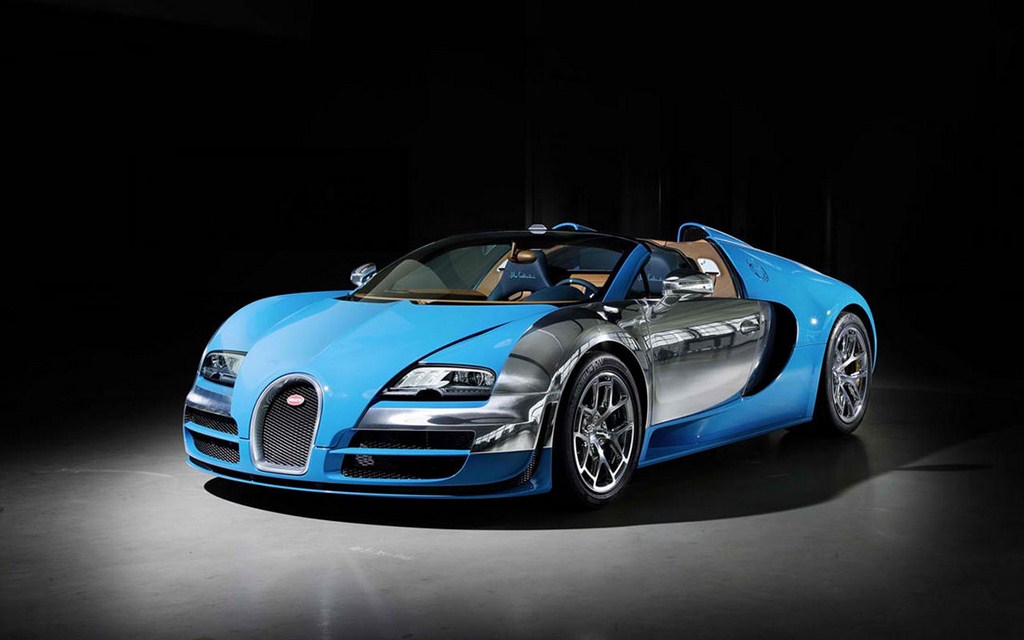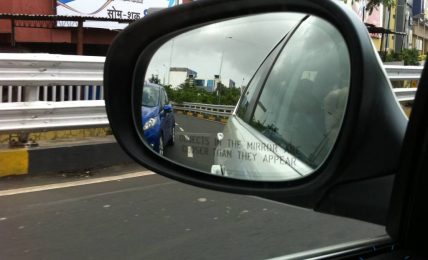The slumping economy has had a prominent effect on the automotive market. With most manufacturers witnessing decline in sales in the mainstream market, the ultra-luxury market too has taken a major blow in these turbulent times. Top end luxury brands have had dismal amount of sales in the country, forcing the exotic brands to exit the market. Brands like Koenigsegg made its Indian foray three years ago, but haven’t sold a single unit of its flagship hyper car the Agera worth Rs. 16 crores. The Bugatti Veyron which retails around Rs. 35 crores too receives more stares than genuine interest.
German brand Gumpert, which filed for bankruptcy last year, could not manage to sell a single unit in the country during its existence. However, this may not be the case with every brand. British exotic luxury car maker Rolls-Royce has been one of the most successful companies in the luxury car market, while Bentley too receives a strong following amongst the elite. While these brands are targeted towards the wealthy few, they also enjoy a certain familiar sentiment and status among the owners, compared to other relatively unknown brands. Now defunct brand Maybach could not impose a similar sales excitement in the market in spite of a rich lineage.
With our government import tax policies, buyers tend to shell out almost twice the actual price of the car courtesy of the steep import duty at about 179 percent. Moreover, the weakened Indian rupee has had a catastrophic result on luxury car manufacturers. Another deciding factor in purchasing ultra exotic vehicles is the Casanova or flamboyant tag that comes along when seen with one of the exotic vehicles. With pending salaries and rising debts, being seen driving a Rs. 20 crore worth car is not the best image for the owners of a multi-billion enterprise.
In most cases, buyers choose to own the ultra luxurious brand in a more established market, where they can enjoy the same car at the fraction of a cost with efficient after-sales service and better roads. All of which is not really available in India as of now. The slightly less fortunate though are opting for the Supercar Clubs instead that satisfies the quench of driving exotic models at a fraction of the actual cost, without ownership and maintenance hassles. The ultra luxury car market was expected to retail beyond 100-150 cars sales mark per annum; however, the market has been rather stagnant for more than half a decade due to the sluggish demand.
But the slow demand has not deterred the plans of other luxury brands to enter India. Dutch sports car marquee Spyker has been mulling an Indian launch, while British exotic manufacturer Lotus is also said to be studying market potential in India. Hyper car maker Pagani is also said to see India as a prominent market in the future. With a re-stabilizing economy, not all is lost in the ultra luxury car market yet.






